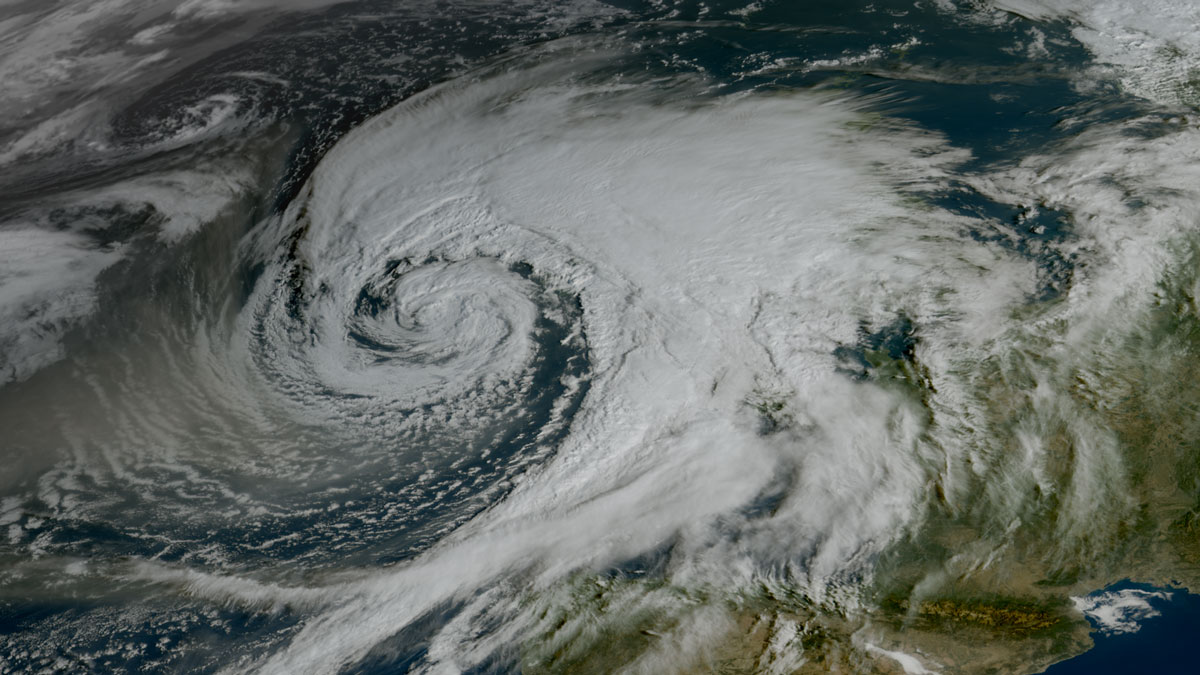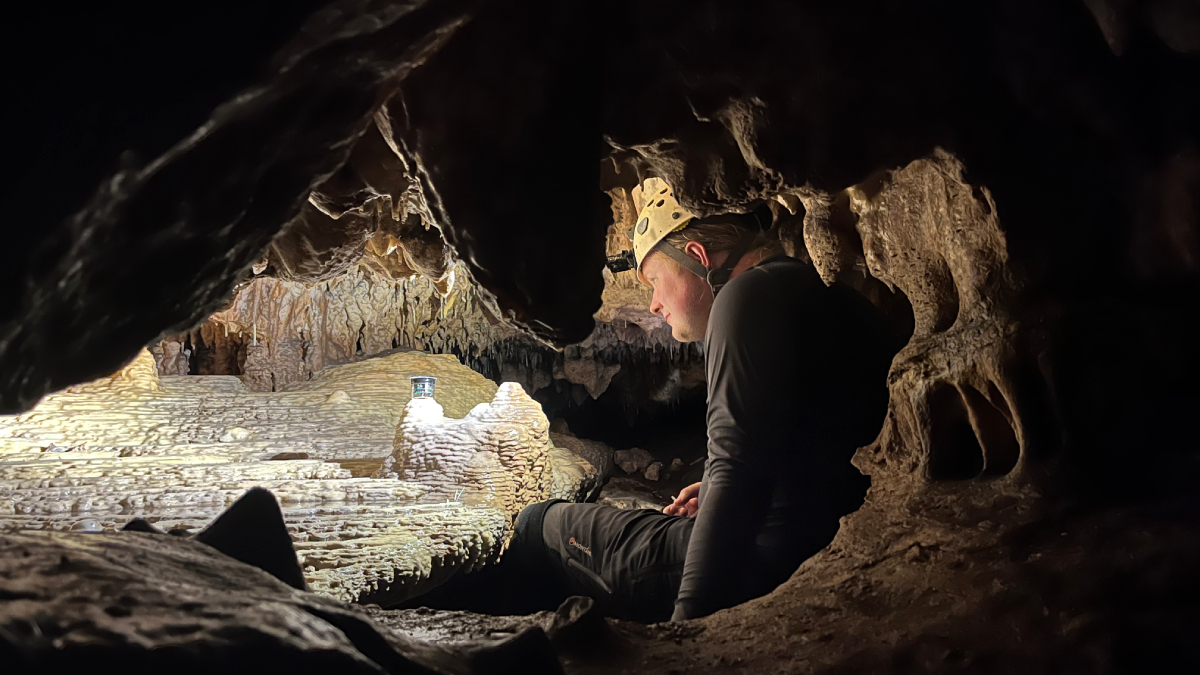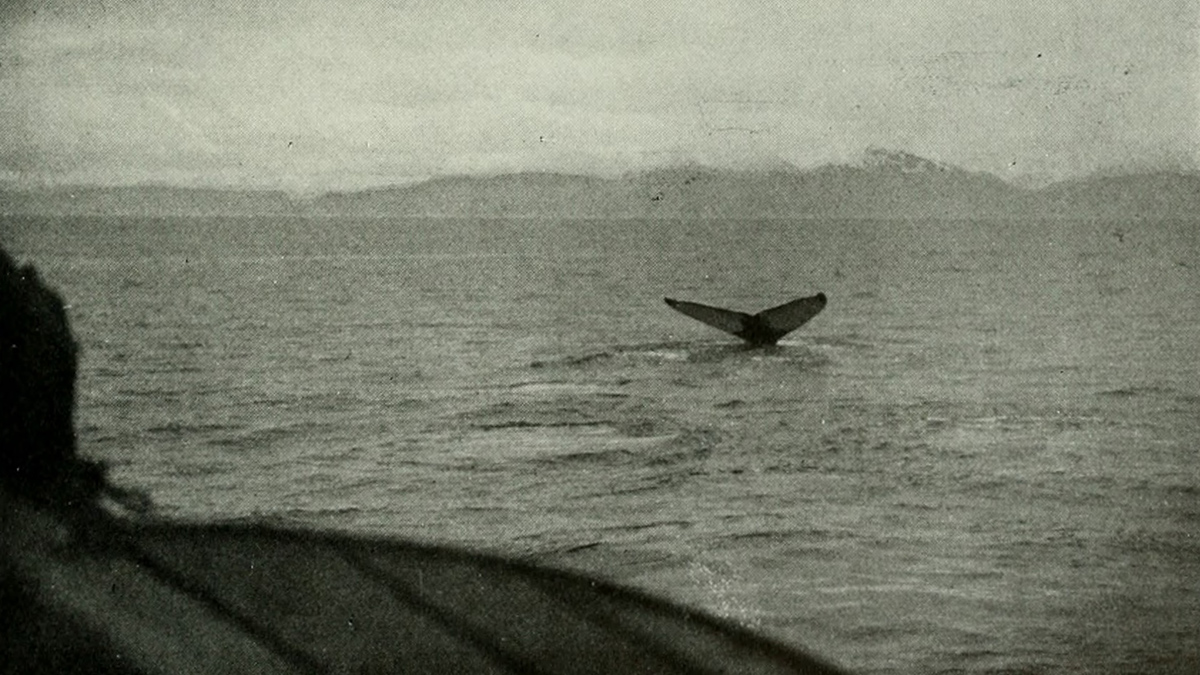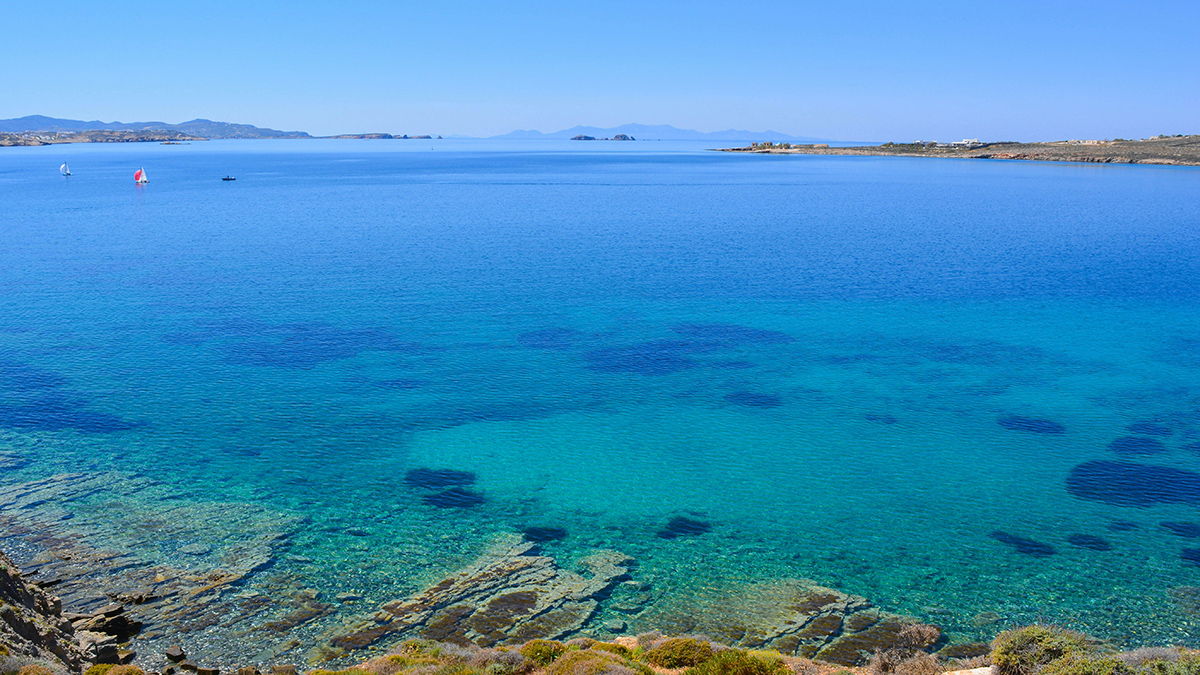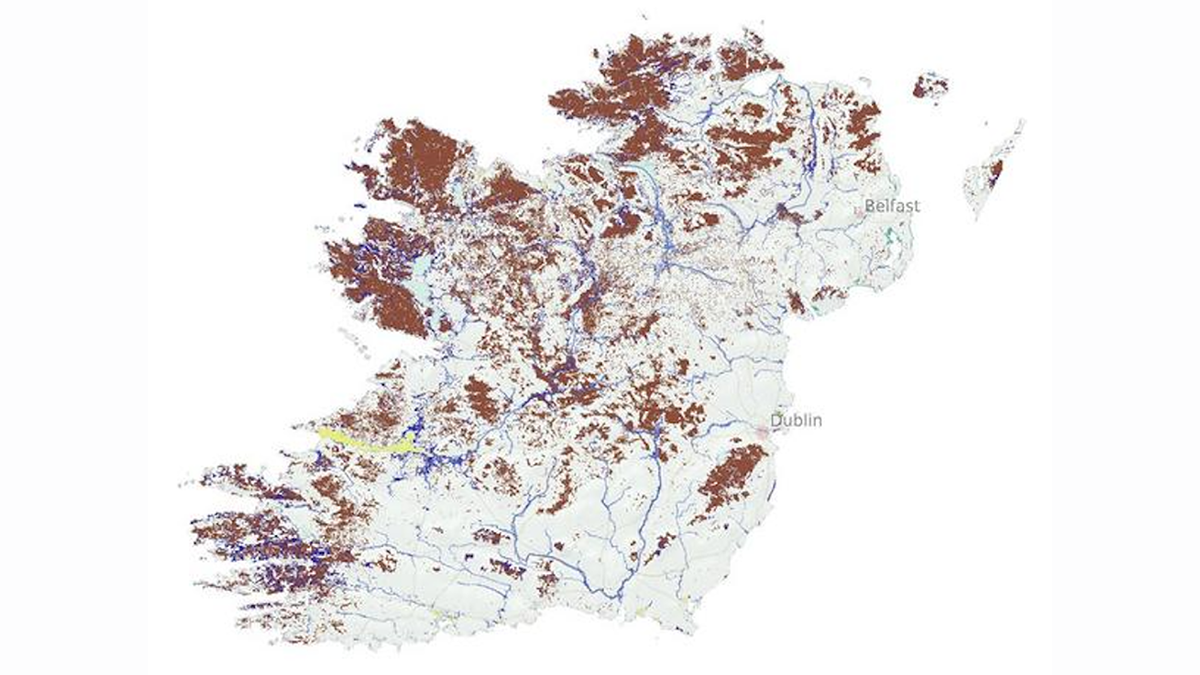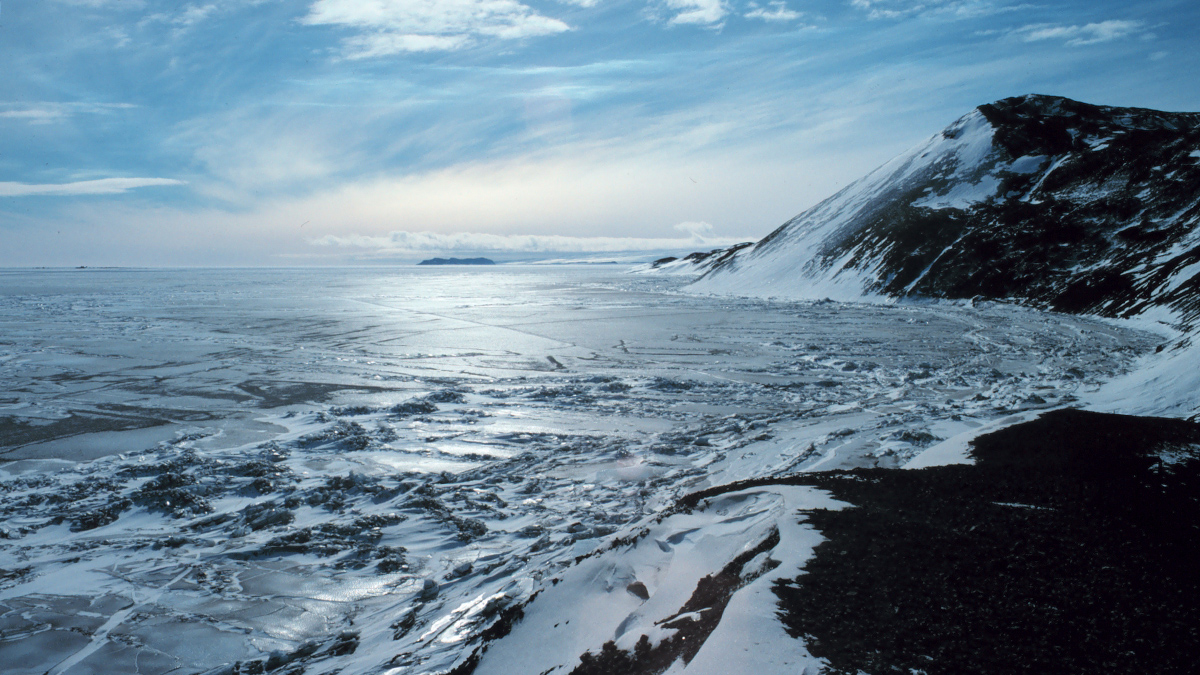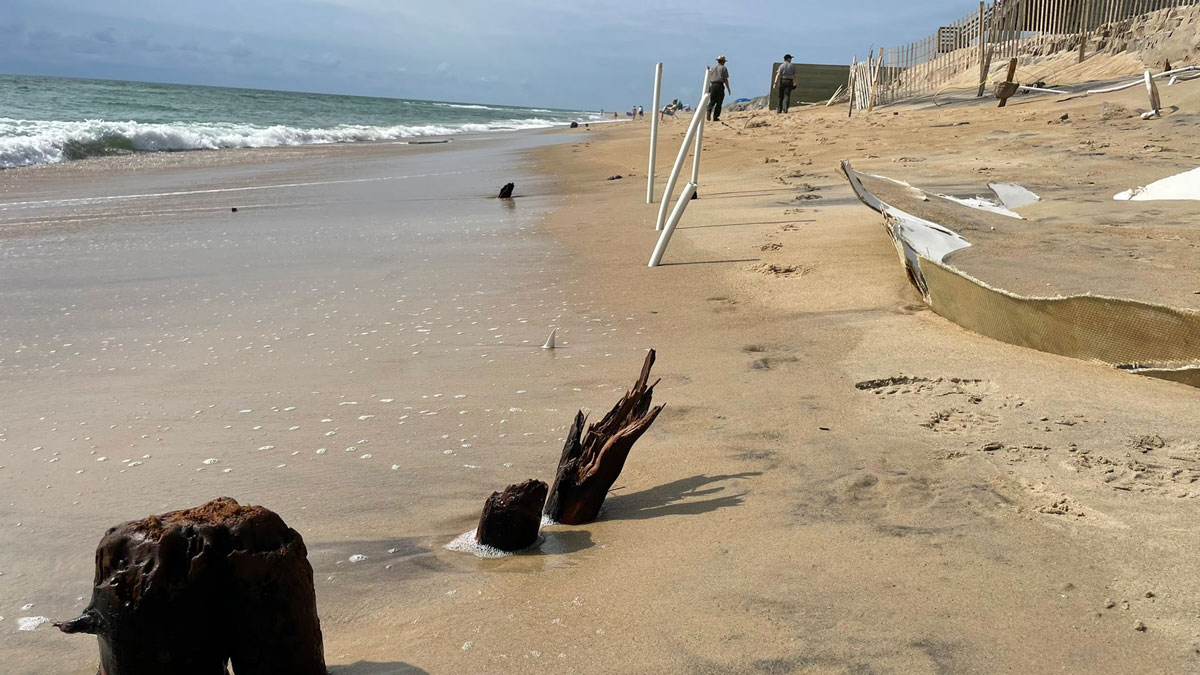The past decade has seen explosive growth in forecasting research and applications using AI. Sophisticated new approaches show vast potential to support public safety, health, and economic prosperity.
history
Major Droughts Coincided with Classic Maya Collapse
Understanding how individual cities responded to climate stress will help create holistic pictures of how these societies functioned.
Whaling Records Can Help Improve Estimates of Sea Ice Extent
The locations of humpback whale catches in the early 20th century indicate that most climate models overestimate the historic extent of sea ice in the Southern Ocean.
Ancient Greeks and Romans Laced the Aegean with Lead
Lead pollution in and around the Aegean Sea dates back to the Bronze Age and shows a strong spike associated with Roman expansion.
Where the Wetlands Are
Researchers have crafted the most comprehensive map yet of Europe’s wetlands.
Ice Core Records Shed Light on a Volcanic Mystery
By analyzing sulfur and volcanic ash entrained in ice cores, researchers pinpointed a caldera in the remote Kuril Islands as the site of an unidentified 19th century eruption.
Cold Days Bring Fast Ice
Thirty-seven years of observations reveal the meteorological conditions that lead to persistent, thick fast ice in Antarctica.
What 92 Years of Data Say About Ice Cover
New research on Mohonk Lake in New York investigates how changing ice phenology alters temperature dynamics in lakes.
Buried Tree Stumps Show Shoreline Shifts of the Outer Banks
Storms are unburying centuries-old stumps on North Carolina’s barrier islands. Researchers hope these long-gone forests can help land managers plan for the future.
Straightening Out Uranus’s Magnetosphere
New analysis of Voyager 2 observations shows that the craft arrived amid gusty solar wind, muddying our ideas about the giant planet.

